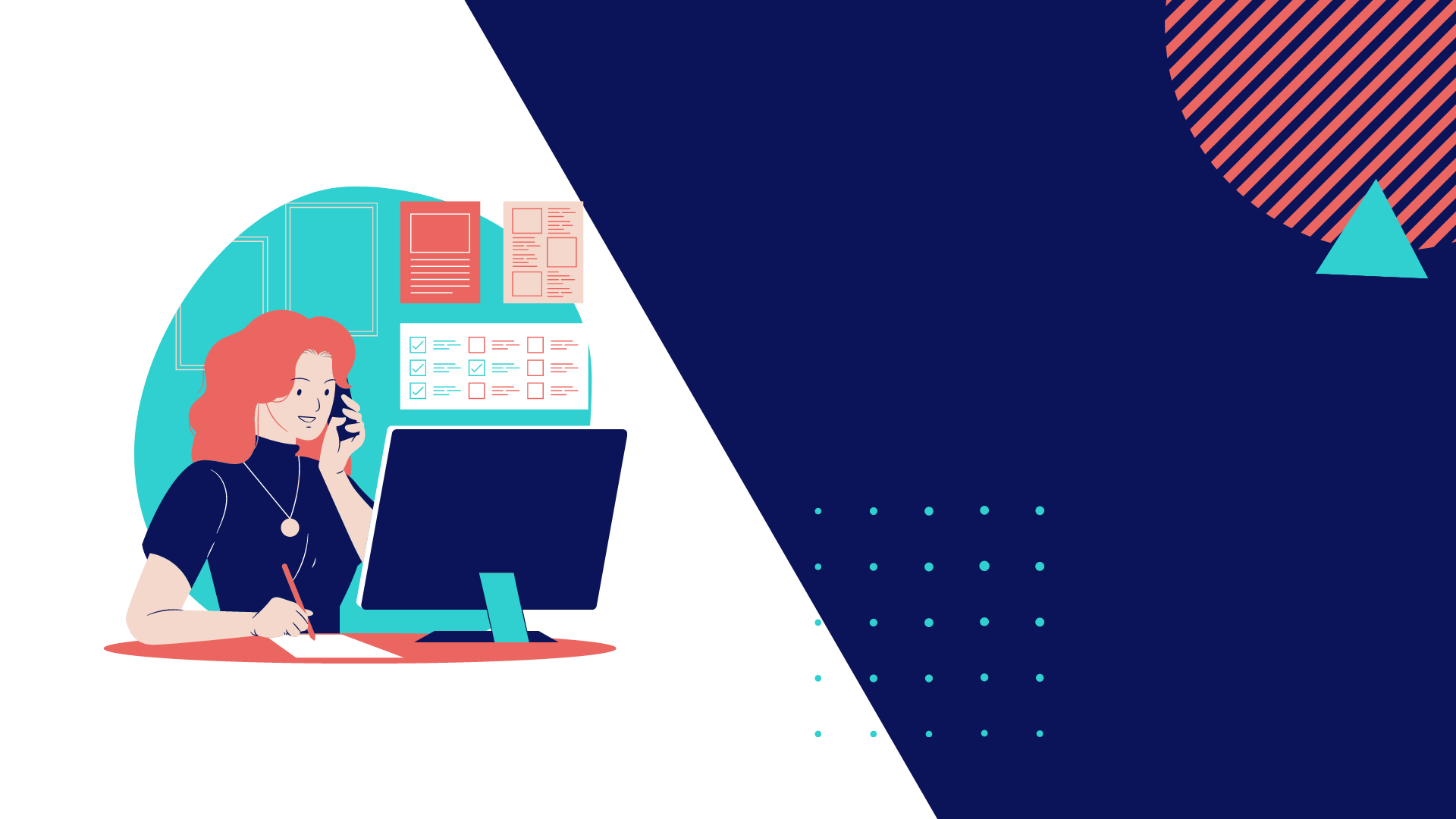SaaS applications are taking over the business world and they’re doing it fast
In a recent survey, SaaS was recognized as the single most valuable technology for meeting business targets. SaaS apps currently amount to approximately 70 percent of the overall software usage of global organizations. According to estimates, 75 percent of global organizations will have embraced this software delivery model by 2025. No wonder, interest in SaaS application development has peaked.
SaaS meaning and utility?
What is SaaS? It stands for software as a service – a web-based software licensing and delivery model that distributes apps through a web browser. SaaS apps don’t require installation or one-time purchase. You can pay a monthly fee and discontinue the subscription when you no longer need the service.
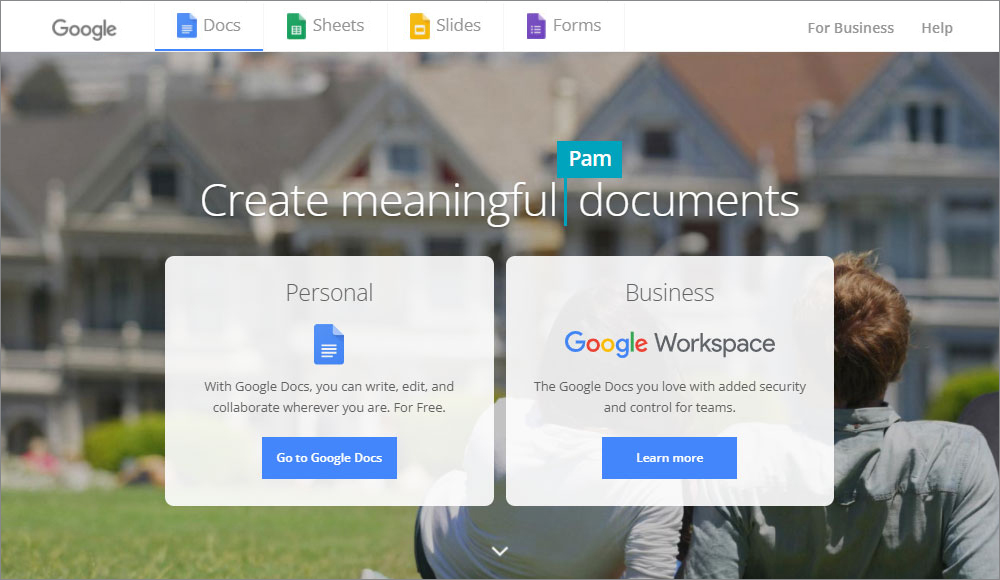 SaaS apps such as Google Docs, Slack and Trello have become the go-to software solutions for organizations of all sizes. The demand for SaaS solutions is the highest in these sectors:
SaaS apps such as Google Docs, Slack and Trello have become the go-to software solutions for organizations of all sizes. The demand for SaaS solutions is the highest in these sectors:
- Customer Relationship Management (CRM)
- Human resource management (HRM)
- Mobile applications
- Accounting and payroll
- Employee performance management
Benefits of SaaS based applications
SaaS products are a big deviation from the traditional on-premise software installation and management model of capital-heavy organizations. Here are some of the biggest advantages of a SaaS-based application:
- You can access SaaS apps through any device that’s connected to the internet;
- You don’t have to spend on purchasing and maintaining hardware resources;
- SaaS providers offer excellent data security and automated backups;
- SaaS apps have high scalability. You can scale your app up or down at any time;
- SaaS apps eliminate the need for laborious tasks such as downloading software and updates and maintenance.
How to design and develop SaaS application?
Creating a successful SaaS based application design requires you to focus on these 9 factors:
1. A unique, viable app idea
Your app needs to be different from existing SaaS solutions, and have good demand in the present and future. It should ideally satisfy a yet unmet need or be a clear improvement over existing SaaS apps.
Write down your interests, experiences and grievances with existing SaaS applications. This will help you identify a unique and viable idea.
2. Analysis of market trends, consumers, and competition
Research the current and projected trends in your target market. This will help you gauge the idea’s marketability.
You’ll also need to develop a good understanding of consumer needs and their issues with the existing software solutions. Don’t forget to critically analyze your competition. This will help you identify areas of opportunity and avoid your competitors’ mistakes — both crucial to your app’s success.
3. A suitable monetization model
The app monetization model you choose dictates your app’s features, architecture, and it’s cost to the consumer. The following are the most popular and commonly used monetization models:
Freemium model
With a freemium model, your SaaS application can be downloaded for free. Consumers will be able to use basic functions but can only use premium features by paying a fee.
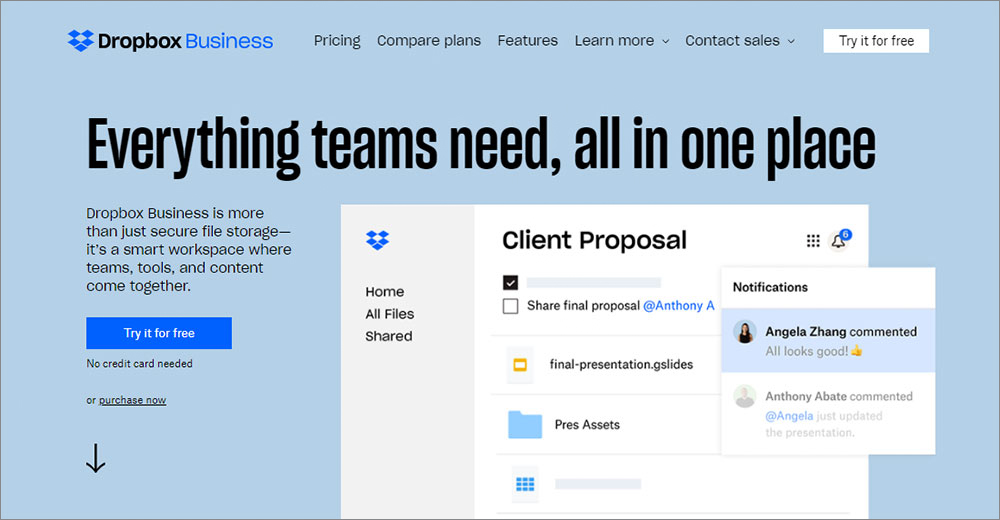 Dropbox is a prime example of a SaaS software based on the freemium model. All Dropbox users have access to a 2 GB storage space. Users that wish to expand the storage, however, can do so by paying a fixed fee.
Dropbox is a prime example of a SaaS software based on the freemium model. All Dropbox users have access to a 2 GB storage space. Users that wish to expand the storage, however, can do so by paying a fixed fee.
Transaction or selling fee model
With this model, you earn a commission every time your app’s users earn money by using your app. A good example is Upwork. Job seekers can create an account and search for jobs at no cost. Every time that they make a money transfer to their personal account, they pay Upwork a transaction fee.
In-app advertising
With an In-app advertising model, your app generates revenue whenever a user watches an advertisement. Users have free access to the app’s basic features. Premium features can be accessed by watching ads.
Subscription model
Subscription based SaaS apps are paid apps with monthly, quarterly and/or annual subscription plans. These work best for apps that provide a unique and valuable service that the users would utilize on a regular basis.
You can also combine one or more of these monetization models for your app’s design. A simple example is offering the users a choice between watching ads and buying a subscription for using premium features.
4. Third-party integration
Your app should effortlessly integrate with the other apps and tools that an organization uses for business purposes. It needs to include open Application Programming Interfaces (APIs). This will enable third-party developers to access and program the software code for integration with enterprise apps.
Make sure the open API architecture you choose is both reliable and secure.
5. Find the right technology stack
Your first task is to pick the best technologies for your app’s application server, front end, server-side, and storage database. Here are our recommendations:
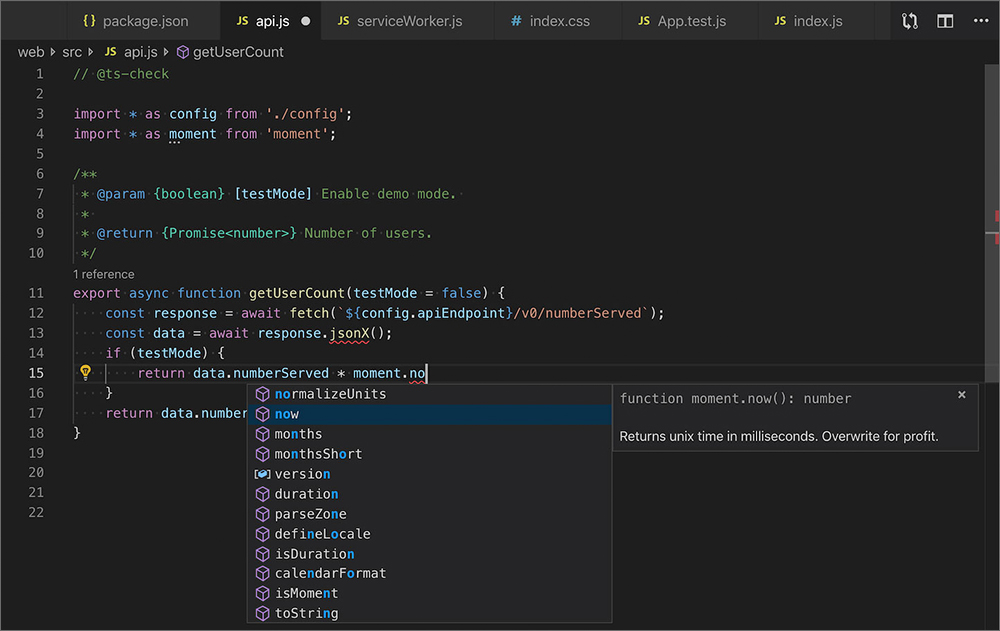
Source: code.visualstudio.com
For SaaS web servers
- Nginx
For SaaS application front end
- HTML
- JavaScript
- CSS
- React
- Angular
For SaaS application server-side
- JavaScript
- Ruby
- Python
- PHP
For SaaS application backend storage
- PostgreSQL
- MySQL
- MongoDB
Be mindful of your app’s scale and third-party integration requirements. This will help you pick the optimal technology stack for SaaS development.
6. Integrate a good onboarding strategy
Having a good onboarding strategy means your app can promptly familiarize new users with its features and functions.
Think of what happens when you sign up for a new app. You typically receive an email link to complete the registration process. You’re then presented with information related to the app’s utility along with a basic tutorial. All of these actions are part of the onboarding process.
A good onboarding strategy has these benefits:
- It helps gain the users’ trust
- It drives the users to adopt the app into their daily routine
- It reduces the need for customer support
There are several ways to devise a solid onboarding strategy. In a previous article, we shared a complete guide to create and improve user onboarding and, once it’s a crucial step when talking about Saas Applications, we share here a few important points to take into consideration. One of the simplest ways is to ensure your app has an intuitive, uncomplicated interface. Product tours and video guides are another great way of supporting user onboarding.
Another excellent way of enhancing onboarding is the use of dedicated onboarding software such as Helppier, shown in the video above. Helppier lets you create an interactive overview for the users without the need for manual coding. Its features include in-app welcome messages and pop-ups, new features announcements, and video tutorials. Other useful features are: hotspots to highlight specific screen areas, surveys to collect feedback from customers, and contextual tooltips to assist users with sophisticated options.
7. Create an MVP
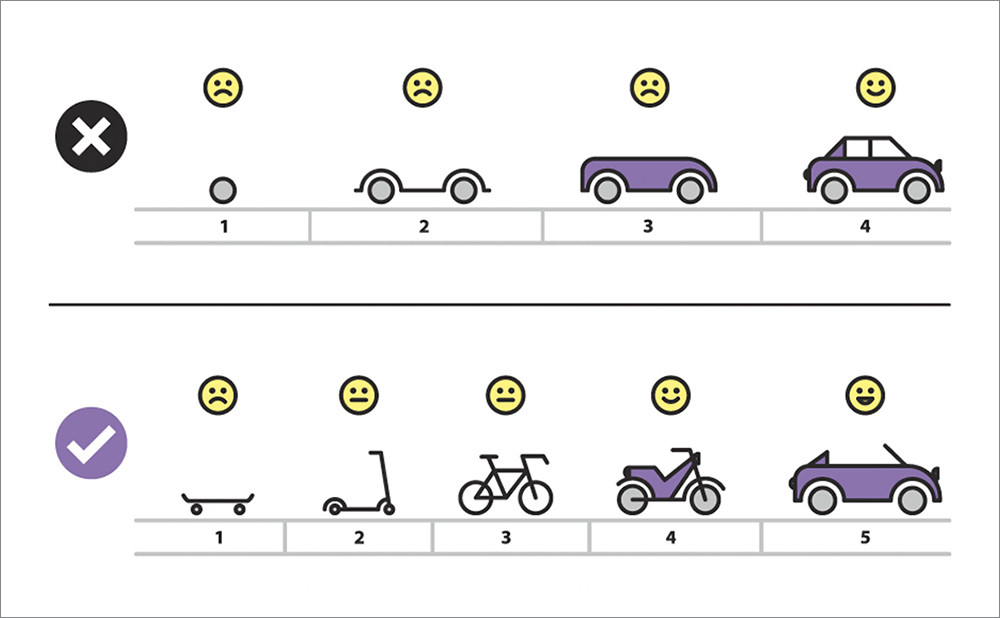
Source: wezom.com.ua
A Minimal Viable Product (MVP) is your app’s trial version. It constitutes the very basic features and acts as proof of concept. Building an MVP takes a fraction of the budget that would go into building the full-fledged app.
Your MVP will help gauge the consumers’ reaction and the marketability of your app. It will tell you what’s working and what’s not, so you can adjust your approach and/or technology stack.
8. Begin the development process
Effective communication is the key to developing your app without hiccups. Adapt Agile practices during the application development period. This will ensure everyone on board understands the app’s goals and features.
Another advantage of using Agile methodologies is that changes in product requirements or resources are promptly dealt with.
Make sure to begin your marketing campaign well in advance of your app’s launch. This will help generate buzz and build a loyal consumer base for your app.
9. Test and publish
Have your Quality Analysis (QA) team check the production server and perform beta-testing. The next step is User Acceptance testing. This involves having early adopters (consumers that want to try out the app early) use and review your app.
Once your app receives thumbs-up from beta-testing and early adopters, go ahead and publish it.
Building a SaaS application is just the beginning. The app’s success depends as much on its features and user value as it does on maintenance. Committing to ensuring regular maintenance, upgrades, and round-the-clock customer support will help your app achieve optimal success.
To conclude
If you are thinking about developing a successful SaaS application, you are just in perfect time. As we mentioned during the article, this industry is facing important growth and companies are going to look for more and more SaaS solutions for their business.
If you follow the 9 steps that we mentioned to design and develop a SaaS Application, your app is going to be a success, trust us 😉
Thank you so much for reading, I hope you enjoyed this article!
If you want to learn more about creating an amazing onboarding experience for your SaaS application, follow us on Facebook and Twitter, and don’t forget to sneak peek at our website .
